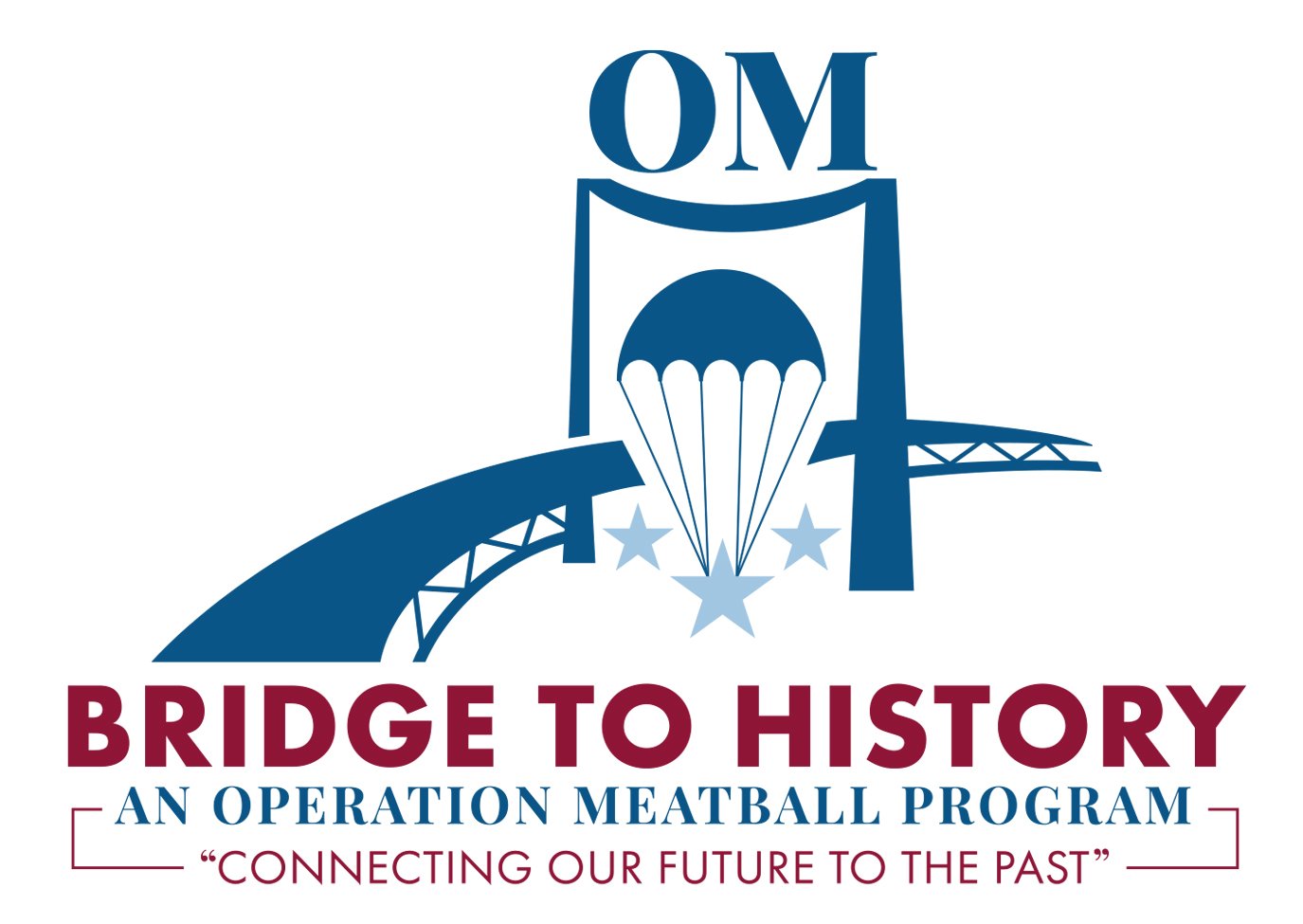Private Israel Goldberg
/"The rescue party of Rangers and Filipino guerrillas grin with delight at the success of their mission." Life Magazine 1945 after the liberation of camp Cabanatuan.
Today is August 11, 2014. Those who are acquainted with their history will remember it as the final day of the Battle of Amiens in 1918, the turning point of WWI. If you are a sports fan, you may remember it as the day when, in 1929, Babe Ruth would catapult himself into the American history books as the first baseball player to hit 500 home runs. But today, something else happened. It is not a well known event, and at the time was not uncommon, but it is one I must remember.
On August 11, 1942, just outside the barbwire walls of a Japanese Prisoner of War Camp near the city of Cabanatuan in the Philippines, a burial team lowered the frail bodily remains of my great, great uncle Private Israel Goldberg into a roughly cut mass grave, shared with 11 other men from his camp. Though I never had the opportunity to meet him (he would have been 101 this year), I grew up hearing with great pride of the uncle who died on Bataan. These men had fought hard for three long months at the Battle of Bataan in which there were casualties of enormous numbers and great odds; they had survived the brutal “Death March,” an event that has gone down in history as one of extreme and barbarous cruelty on the part of the Japanese, and incredible courage and endurance on the part of the 70,000 American, British, and Filipino prisoners.
After the fall of Bataan, MacArthur said: "I shall return". But it wouldn't be until 1945 that his promise would come true.
Over the course of the next three years, thousands of POWs would pass through Cabanatuan. Most would be would be shipped off to Japan to work as slaves in the underground mines and factories. Others would be sent to work on the Burma-Siam Railway otherwise known as the “Death Railway.” By January 1945, just over 500 POWs still remained at Camp Cabanatuan. But for my uncle and these other 11 men, it was not theirs to survive the war, and they passed away only a few months after the march.
There is really not much I know about my great-uncle. He was born on January 20, 1913, into a Jewish family, newly immigrated from Russia. He enlisted as a private in the United States Air Force on September 23, 1940, and served in the Headquarters Squadron of the 24th Pursuit Group at Clark Field during the Battle of the Philippines. As the fighting raged on, the Air Force was almost entirely annihilated and had to take to ground fighting, but the records show they proved their mettle. What he did, or how he survived from the fall of Bataan on April 9, to his death four months later, we don’t know. But from the documents, letters, and books written on the Death March and Camp Cabanatuan, we can piece together a pretty good picture of what it was like for him, and the other POWs. They tell a gritty and hard story of survival and endurance.
One of the plane crews from Headquarters Squadron, 24th Pursuit Group and 17th Pursuit Squadron in January 1945
It would take quite a tome for me to go over all that our soldiers went through at Bataan during 1942 to 1945, and much has been written on it already that I would highly recommend. Ghost Soldiers by Hampton Sides is one of my very favorite on the subject. He gives a thorough account from the fall of Bataan on, and tells the remarkable story of their rescue on January, 1945, by a handful of 6th Battalion Rangers. Mr. Sides does not gloss over the hard facts and realities of what they endured. In fact, parts are raw and hard to digest, but part of understanding war is understanding suffering and the response to suffering as well.
70,000 American, Philippine, and British POWS were taken on a brutal march in which thousands died along the way.
After the war when the bodies were disinterred from the rough temporary graves, many of them were unidentifiable. Now their remains lie under fresh crosses with the inscription, “Known only to God.” The only remembrance of them is their name on the wall of the missing and unknown. This is the case for my uncle. It is a good reminder for us that every grave holds a unique story, and it is our duty to remember the individuals.
Today, I pause and remember my great-great uncle Israel Goldberg. I remember the sacrifice he made, the suffering and pain he endured which I will never fully understand, and the life he gave for all of us.






